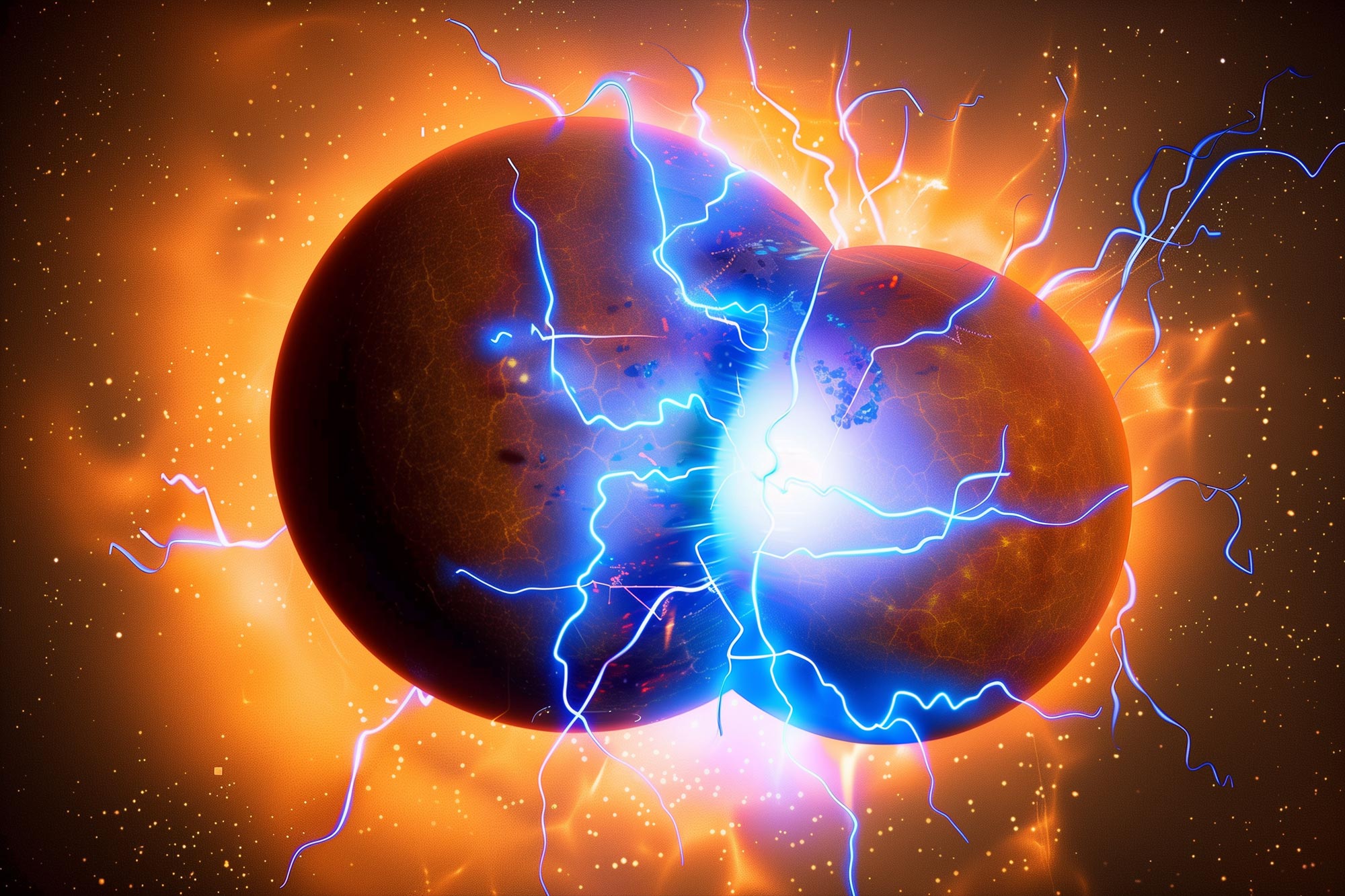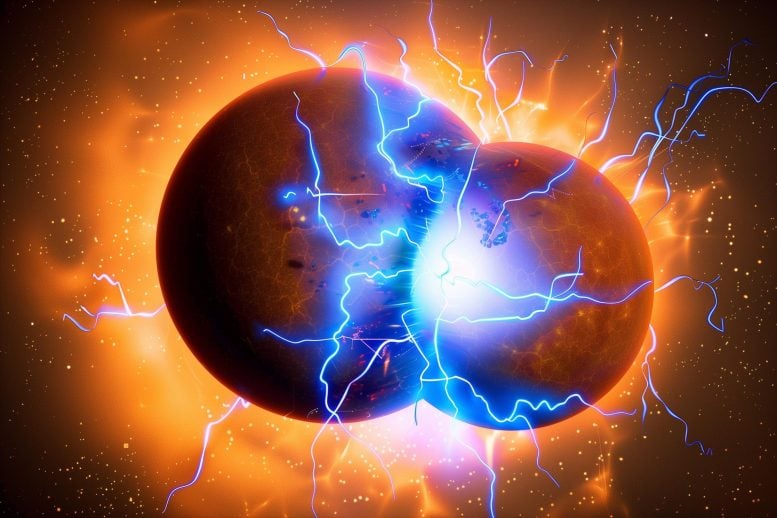

The strong force is essential in particle physics, binding subatomic particles like quarks into protons and neutrons, and these into nuclei, despite the repulsive electromagnetic force between like-charged protons.
This force is mediated by gluons and is notably stronger than electromagnetism, but it operates over minuscule distances. The DOE has significantly advanced our understanding of the strong force through extensive research and collaboration, contributing to major discoveries and the ongoing exploration of the Standard Model.
The strong force is the force that holds subatomic particles together to form larger subatomic particles. It is one of the three fundamental forces in the Standard Model of particle physics—the forces that cannot be reduced to an even simpler force.
At the smallest level, the strong force holds quarks together to form protons and neutrons. These larger particles consist of three quarks. At a larger level, the strong force holds protons and neutrons together to form atomic nuclei.

The strong force is carried by gluons. Gluons are a type of boson, particles that carry forces and allow those forces to move from particle to particle.
Scientists first proposed the strong force because they needed an explanation for why the electromagnetic force didn’t cause atomic nuclei to fly apart into their more fundamental particles. The electromagnetic force is responsible for how particles with electric charge interact. In an atomic nucleus, the electromagnetic force should force positively charged protons apart because they have the same electric change. The strong force overcomes this effect.
Strong Force Facts
- The strong force is about 100 times stronger than electromagnetism.
- The strong force only has influence over very, very small distances—it stops working when particles are even a tiny distance apart. How tiny? About 100,000 times smaller than the diameter of an atom.
- The strong force means that it takes so much energy to pull two quarks apart that the energy spawns two additional quarks. This is why quarks are always combined with other quarks and are never found in isolation.
- Learn more in this Fermilab video on the strong force and learn more about all the forces in this longer Fermilab video.
- Read Scientific American’s story on research into how the strong force gets its strength.
DOE Office of Science: Contributions to the Standard Model of Particle Physics
DOE has a long history of supporting research into fundamental particles and the forces that govern them. Five of the six types of quarks, one type of lepton, and all three neutrinos were discovered at institutions that are now DOE national laboratories. Researchers supported by the DOE Office of Science, often in collaboration with scientists from around the world, have contributed to Nobel Prize-winning discoveries and measurements that refined the Standard Model.
These efforts continue today. Scientists supported by the DOE Office of Science run experiments that make precision tests of the Standard Model and further improve measurements of particle properties and their interactions. Theorists work with experimental scientists to develop new avenues to explore the Standard Model using particle accelerators and other tools. This research may also provide insight into what sorts of unknown particles and forces might explain dark matter and dark energy as well as what happened to antimatter after the Big Bang.